Most people have heard of Helen Keller’s remarkable friendship with Anne Sullivan, her “Teacher,” who first taught her how to communicate.

As the news of what Sullivan had achieved with Keller spread in 1887, Keller became so famous that many people wanted to meet her. Over the next 80 years, Keller’s fame gave her introductions to a wide variety of notable people—inventors, writers, world leaders, presidents, and actors. Once they met her, many became her friend.
Bell’s Impact
Keller first met inventor Dr. Alexander Graham Bell when she was six years old. Her parents had taken her to a special doctor to see if anything could be done about her eyesight. The doctor referred the Kellers to Bell. Bell had become famous for inventing the telephone in 1876, but when Keller met him, he was working with children who were deaf. Keller recalled later that she could sense Bell’s kindness. She sat on his knee and examined his watch, which he made vibrate, to her delight. It was Bell who referred the Kellers to the Perkins Institution, which brought Anne Sullivan into Keller’s life.
At age seven, Keller wrote to Bell, telling him how much she enjoyed their meeting. She spent time with Bell and his wife, who was deaf from a childhood case of scarlet fever, at their homes in Washington, D.C., and in Nova Scotia, Canada. As a 13-year-old, Keller accompanied Bell to Chicago’s World’s Columbian Exposition in 1893.
Bell gave Keller both emotional and financial support. When she decided she wanted to go to college, he encouraged her and set up a fund to help pay some of her expenses. For her part, Keller dedicated her first autobiography with the words, “To Alexander Graham Bell, who has taught the deaf to speak and enabled the listening ear to hear speech from the Atlantic to the Rockies.” Their friendship lasted until Bell’s death in 1922.
Fellow Writers
Denne historien er fra March 2017-utgaven av Cobblestone American History Magazine for Kids.
Start din 7-dagers gratis prøveperiode på Magzter GOLD for å få tilgang til tusenvis av utvalgte premiumhistorier og 9000+ magasiner og aviser.
Allerede abonnent ? Logg på
Denne historien er fra March 2017-utgaven av Cobblestone American History Magazine for Kids.
Start din 7-dagers gratis prøveperiode på Magzter GOLD for å få tilgang til tusenvis av utvalgte premiumhistorier og 9000+ magasiner og aviser.
Allerede abonnent? Logg på
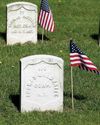
Putting the Pieces Together
Americans needed to begin to put the past behind them, come together, and plan for the future in the spring of 1865. But Abraham Lincoln, the man best equipped to lead them and who had hoped to restore the country as smoothly and peacefully as possible, had been assassinated.
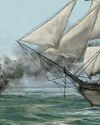
LAST SHOTS
The last Confederate forces in the Civil War didn’t surrender in the spring of 1865 or on a battlefield.
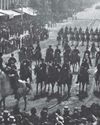
AND IN OTHER 1865 NEWS
A group of African Americans stop at the White House’s annual public reception on January 1, where they shake hands with President Abraham Lincoln.
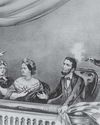
A Plot to Kill President the
For several months, actor John Wilkes Booth’s band of conspirators had plotted to capture President Abraham Lincoln and hold him hostage in exchange for Confederate prisoners.
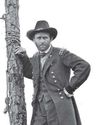
Let the Thing Be Pressed
In June 1864, Union Lieutenant General Ulysses S. Grant began a nearly 10-month campaign in Virginia.
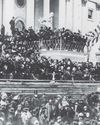
HEALING THE NATION
President Abraham Lincoln took the oath of office for the second time on March 4, 1865.

A Helping Hand
The spring season is hard in any agricultural society. Plants and animals are too small to eat.
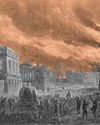
WAR SHERMAN-STYLE
As far as Union Major General William T. Sherman was concerned, the Civil War had gone on long enough.
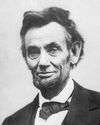
PEACE TALKS
The fall of Fort Fisher made clear that the Confederacy’s days were numbered. Southerners were tired and hungry.
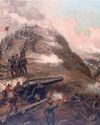
FORT FISHER'S FALL
Outnumbered Confederate soldiers inside Fort Fisher were unable to withstand the approach of Union troops by land and the constant Union naval bombardment from the sea.